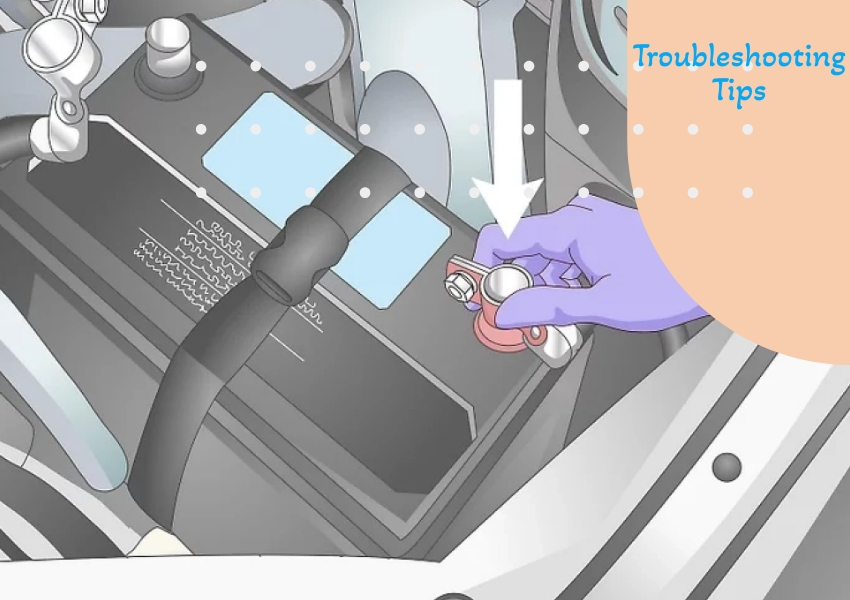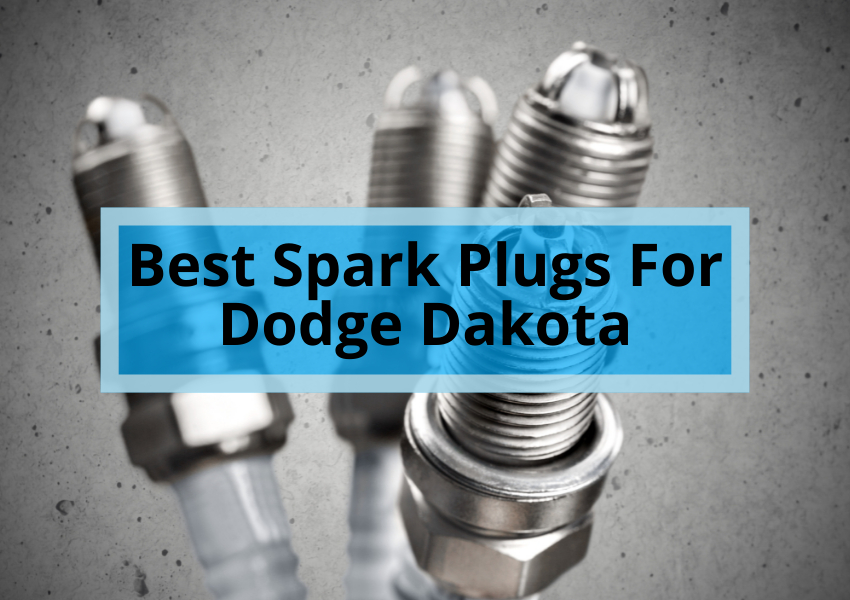If your Briggs and Stratton engine is having trouble starting, one possible problem is a faulty starter. A starter is an electric motor that engages the flywheel to start the engine. If the starter is not working properly, the engine will not start.
Replacing a starter on a Briggs and Stratton engine is a relatively simple process, but it is important to follow the instructions carefully to avoid damaging the engine.
Tools and Materials Needed
- Wrench
- Socket wrench
- Screwdriver
- Torque wrench
- New starter
- Gasket (if needed)
Instructions
- Disconnect the negative battery cable. This will prevent the starter from accidentally energizing while you are working on it.
- Locate the starter on the engine. It is usually located on the side of the engine, near the flywheel.
- Use the wrench to remove the bolts that secure the starter to the engine. Be careful not to drop any of the bolts.
- Once the starter is removed, you can install the new starter. Be sure to use a gasket between the starter and the engine block, if required.
- Tighten the starter bolts to the manufacturer’s specifications.
- Reconnect the negative battery cable.
Troubleshooting Tips

If you have any problems installing the starter, or if the engine still does not start after you have installed the new starter, here are a few troubleshooting tips:
- Ensure the battery is fully charged and the connections are clean and tight.
- Check the starter solenoid. If the starter solenoid is not working properly, the starter will not engage.
- Check the starter motor. If the starter motor is not working properly, it will not be able to generate enough torque to start the engine.
If you cannot troubleshoot the problem yourself, you should take your engine to a qualified mechanic for further diagnosis and repair.
Also read: Best Starter for 25 hp Briggs and Stratton
Additional Tips
- When choosing a new starter, selecting one compatible with your Briggs and Stratton engine is important. You can find a list of compatible starters in your engine’s manual.
- If uncomfortable installing the starter, you can take your engine to a qualified mechanic.
- Be sure to keep your starter clean and lubricated. This will help to extend its lifespan.
- Inspect the starter regularly for signs of wear or damage. Replace the starter immediately if you find any signs of wear or damage.
FAQs
What are the symptoms of a faulty starter on a Briggs and Stratton engine?
Some common symptoms of a faulty starter on a Briggs and Stratton engine include:
The engine will not start at all.
The engine starts slowly and erratically.
When you turn the key to the start position, the starter clicks.
The starter smokes or burns when you try to start the engine.
What tools do I need to install a starter on a Briggs and Stratton engine?
To install a starter on a Briggs and Stratton engine, you will need the following tools:
A wrench
A socket wrench
A screwdriver
A torque wrench
How do I choose the right starter for my Briggs and Stratton engine?
When choosing a starter for your Briggs and Stratton engine, there are a few things to keep in mind:
Engine size: Make sure to choose a starter that is compatible with the size of your engine. A starter that is too small for your engine may not be able to generate enough torque to start it, while a starter that is too large for your engine may be too powerful and damage the engine.
Type of starter: Decide whether you want an electric or recoil starter. Electric starters are more convenient, but they’re also more expensive. Recoil starters are less convenient, but they’re also less expensive and more reliable.
Brand: Many different starters are available, so choosing a reputable brand is important. Briggs and Stratton offer a wide variety of starters for its engines, so you can be sure to find one that is compatible with your engine and meets your needs.
How do I install a starter on a Briggs and Stratton engine?
To install a starter on a Briggs and Stratton engine, follow these steps:
Disconnect the negative battery cable.
Locate the starter on the engine. It is usually located on the side of the engine, near the flywheel.
Remove the bolts that secure the starter to the engine.
Install the new starter and tighten the bolts to the manufacturer’s specifications.
Reconnect the negative battery cable.
What are some tips for installing a Briggs and Stratton engine starter?
Here are some tips for installing a starter on a Briggs and Stratton engine:
Be sure to use a torque wrench to tighten the starter bolts to the manufacturer’s specifications. Overtightening the bolts can damage the starter or the engine.
If you are replacing a starter on a Briggs and Stratton Vanguard engine, you must remove the shroud covering the engine.
If you are replacing a starter on a Briggs and Stratton engine with a recoil starter, you will need to remove the starter before you can remove the starter.
Apply a thin coat of lubricant to the starter bolts before installing the new starter. This will help to prevent the bolts from rusting and seizing.
Test the new starter to ensure it works properly before you use the engine.
What should I do if I have trouble installing a starter on my Briggs and Stratton engine?
If you have trouble installing a starter on your Briggs and Stratton engine, consult your engine’s owner’s manual or contact a qualified mechanic for assistance.
Conclusion
Replacing a starter on a Briggs and Stratton engine is a relatively simple process. However, it is important to follow the instructions carefully to avoid damaging the engine. If you have any problems installing the starter, or if the engine still does not start after you have installed the new starter, you should take your engine to a qualified mechanic for further diagnosis and repair.






